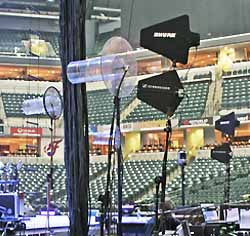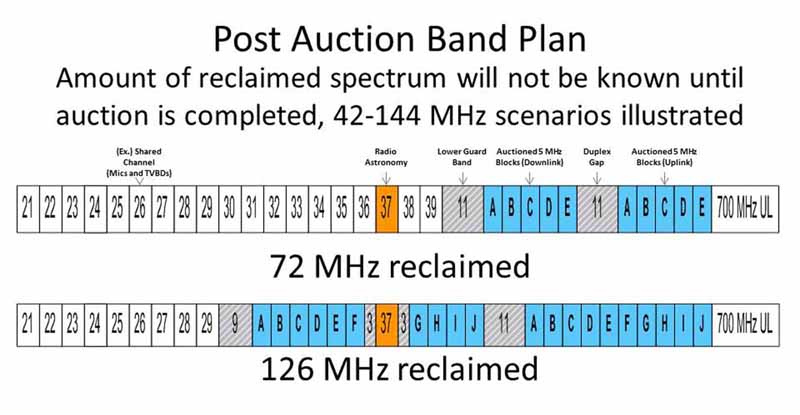
Significant Development
The biggest recent change for our industry – and one with immediate impact – results from a recently approved Report and Order (R&O) regarding LPAS license eligibility under Part 74 of the FCC rules.
The R&O revised an outdated regulation that had for decades limited the availability of licensing to broadcasters, cable TV content producers, and motion picture makers. This is a significant development, and it underscores a recognition of the reach that wireless audio has in a variety of professional contexts.
Under Part 74 rules, licensed wireless operators can register their reservation of available open TV channels at a specific location and time in the national geolocation database, which houses data on all protected services (TV broadcast, public safety communications, and wireless microphones), and prevents interference from other sources.
Development of this system started in 2010 to usher in a new class of unlicensed RF products to the TV band, known commonly as “white space” devices, under a “spectrum sharing” arrangement – an increasingly popular concept among regulators. As the VHF and UHF bands become more crowded after the Incentive Auction, licensed status and geolocation database access will be important levers for pro audio frequency coordinators and production teams.
Part 74 licensing is now open to any sound company, rental firm, venue, or other professional entity that routinely uses 50 or more channels of wireless (including mics, IEMs, intercoms, and control systems). Eligibility is defined by usage, not equipment ownership, so a large house of worship, a Broadway musical, a touring rock show, and a convention center could all qualify. License terms are for 10 years.
For those users who do not qualify for a Part 74 license, database protection is still available, but it requires an additional request to the FCC that must be submitted 30 days in advance of the event. This process offers an extra measure of protection for smaller installations and productions, and is particularly suitable for regularly scheduled events like weekly church services, nightly theater presentations, or a firm calendar concert series or tour.
It’s important to note that, now and in the future, both licensed and unlicensed wireless microphones are legal to operate on any vacant TV channel. Post auction, the rearrangement (repacking) of the remaining TV stations, the addition of mobile broadband services in the 600 MHz band, and changes to the designation of today’s wireless microphone channels from “exclusive” to “shared” will reduce the number of available channels.
This development, along with the likely increased deployment of white space devices, will make geolocation database reservations all the more critical. Licensed status is the key to “real time” database access and therefore should be pursued by all those who qualify.
Because the amount of spectrum repurposed through the auction is directly related to the number of broadcasters willing to participate, we won’t know the exact fate of the 600 MHz band until sometime after the Incentive Auction, currently planned for mid-2015. The plan then calls for a 39-month transition period for the broadcasters to move to their new channel assignments, and wireless microphones will be able to operate in the auctioned spectrum until the winners commence service.
Identifying Alternatives
The 700 MHz transition and dawn of the white space device era encouraged wireless microphone manufacturers to explore development of robust technologies outside of the TV bands, and many of those products, such as those operating in the 900 MHz and 2.4 GHz spectrum, can be deployed successfully in many applications. But both the industry and the FCC have concluded that these offsets will not meet the long term needs of professional audio, and that a concerted effort is needed to identify alternatives for the industry.
To that end, in the Incentive Auction Report and Order, the FCC stated: “Recognizing the many important benefits provided by wireless microphones, we will also be initiating a proceeding in the next few months to address the needs of wireless microphone users over the longer term, both through revisions to our rules concerning the use of the television bands and through the promotion of opportunities using spectrum outside of the television bands.”
This commitment is important, and it reflects FCC’s understanding of the value of professional audio in our daily lives, despite the many large industries hungry to deploy wireless technologies. This future proceeding provides a great new opportunity for the audio community to shape its future. Rest assured, the industry representatives who have been engaged in the spectrum dialogue in Washington will continue to do so as the next era of wireless unfolds.
Mark Brunner is senior director, Global Brand Management, at Shure.

